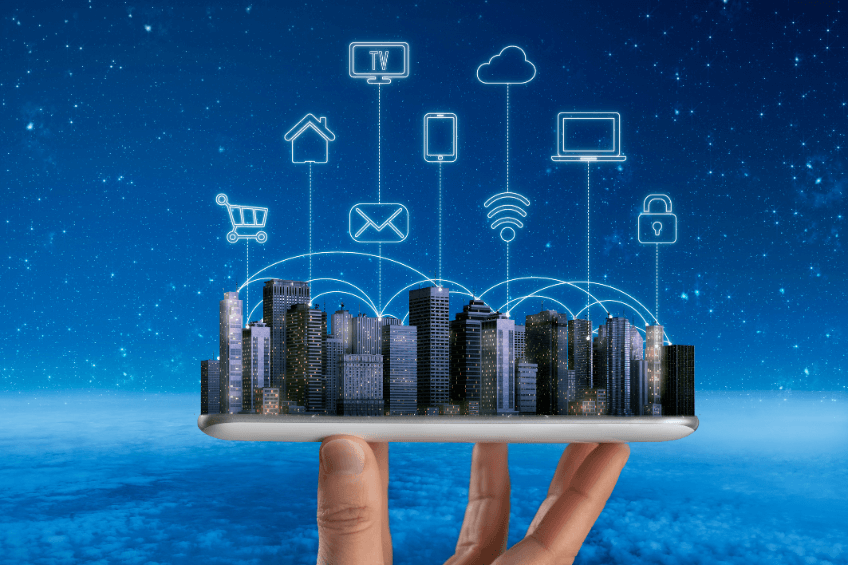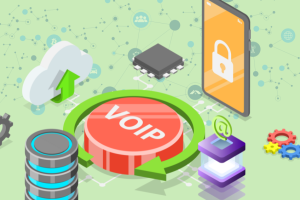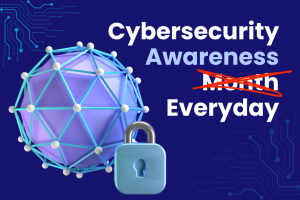Business Impact of IT Downtime
Every minute counts.
What was the culprit? Just one faulty update. The result?
When your systems go down, your business doesn’t just stop—it starts to bleed. Whether it’s a server crash, a power outage, or a cyberattack, IT downtime can hit hard and fast.
Lost Revenue
When customers can’t place orders, access services, or get in touch with your team, they’ll simply take their business elsewhere. Even just a few minutes of downtime can lead to thousands of dollars in lost sales.
Wasted Productivity
Employees can’t get their work done if they can’t log in. Downtime disrupts projects, delays communication, and throws your entire workflow into chaos.
Damaged Reputation
Frequent outages can make your business seem unreliable. Customers start to lose trust, partners get anxious, and once your reputation takes a hit, it can be really tough—and expensive—to bounce back.
Security Risks
Downtime can also lead to bigger issues, like data loss or cyberattacks. If your systems are down, your defenses might be down too.
Bottom Line
Cyber Insurance: What You Need to Qualify
What Most Insurers Expect Before They Write You a Policy
Employee Cybersecurity Training. Human error remains the top cause of breaches. Insurers want to see that your team knows how to recognize phishing attempts and steer clear of risky clicks.
Incident Response Plan. If something goes awry, do you have a plan in place? Insurers are interested in how you’ll handle a breach or a ransomware attack.
Vulnerability Scans & Risk Assessments. Regular checkups on your systems can help identify weak spots before attackers do—and they show insurers that you’re being proactive.
Pro Tips - Things to Keep in Mind
2. Some insurers actually conduct their own scans before giving you a quote.
3. Work with your IT provider to ensure your setup aligns with the latest standards.
4. Make sure to ask about what’s really covered—some policies might leave out social engineering or ransomware unless you meet additional criteria.
The internet has evolved significantly since the days of waiting for webpages to load, with the latest versions offering ultra-fast, low-latency connectivity. Wi-Fi routers, including the latest version, Wi-Fi 6, and the futuristic 7, offer new features for smoother streaming, better support for smart gadgets, and staying ahead of the tech curve.
Upgrading your router can not only boost speed but also change your online experience. Understanding the benefits of each version can help you decide if it’s worth the upgrade.
Quick Comparison
WIFI 6: 9.6 Gps
WIFI 7: Up to 46 Gps
WIFI 6: Handles more devices, better battery life
WIFI 7: Ultra-fast, low latency, multi-link magic
WIFI 6: Smart phones, Gaming, Multi-tasking
WIFI 7: VR, AR, Pro-level Content Creation
What You Should Know
Should You Upgrade?
Is Prompt Engineering Dead?
What is Prompt Engineering?
Prompt engineering isn’t just finding good words; it’s about achieving your goals and leading the model like a pro. This affects everything from your content reaching lots of people to workflows or even whole AI-powered applications. It’s more than just typing; it’s about having a strategic mindset.
It's Not Dying. It's Evolving.
So, if you’re thinking about tuning out and letting the AI handle everything on its own… you might want to reconsider. Those who know how to craft effective prompts are still way ahead of the game.
Prompt Engineering At Work - A Quick Case
Bad Prompt: “Answer customer questions.”
Better Prompt: “Engage in a friendly tone when addressing frequently asked questions about shipping delays, refund policies, and product availability. Make sure to add contact details for any unresolved issues.”
The Result?
-
The vague prompt results in robotic, hit-or-miss responses.
-
The refined prompt delivers customized, helpful answers—saving time and ensuring customer satisfaction.
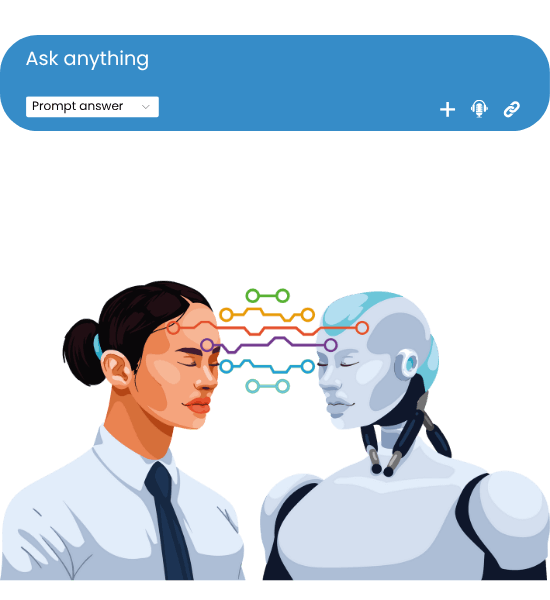
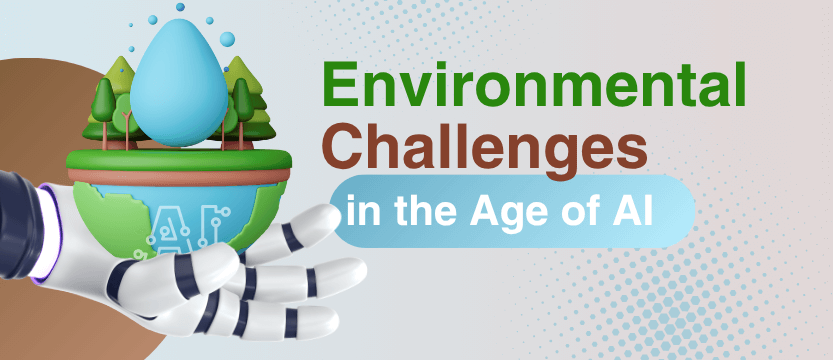
Training AI models can use as much energy as over 100 homes combined.
Data centers might consume millions of gallons of water each year.
AI helps reduce waste and emissions in agriculture & transport
Researchers are working on creating low-energy models to make AI more environmental-friendly.
Artificial intelligence is rapidly reshaping our world. While it’s often perceived as a smart, futuristic solution, it does come with its own set of challenges. The twist? The same technology that consumes a lot of energy is also being employed to combat climate change and promote sustainability. AI isn’t solely a problem; it’s also part of the solution. With innovations in smarter agriculture and more efficient energy use, it holds great promise for helping our planet thrive.
We need to be mindful of the downsides, but there are also some unexpected advantages we can build upon.
The Not-So-Green Side of AI
High Energy Consumption
Training large AI models demands a massive amount of computing power, which translates to significant electricity usage. Some models consume more energy than an entire household does in a year. A lot of data centers still depend on fossil fuels, leading to higher emissions.
Cooling Systems and Water Use
Data centers can get really hot, and keeping those servers cool is no small feat. They rely on powerful cooling technology and use thousands of gallons of water. In areas where water is already scarce, this can put a strain on local resources.
Everyday Carbon Footprint
Even sending a message to an AI chatbot fires up servers. When you think about millions of users doing the same, those small interactions really add up. More usage leads to more energy consumption and, unfortunately, more emissions.
E-Waste and Short Hardware Lifecycles
With technology moving at lightning speed, older devices don’t stick around for long. Discarded chips and servers accumulate as e-waste. Sadly, most of it isn’t recycled properly, which ends up polluting our land and water.
AI for a Cleaner Tomorrow
Climate Monitoring and Emission Tracking
AI is making it easier for scientists to grasp environmental trends at a faster pace. It monitors deforestation, anticipates extreme weather events, and keeps tabs on pollution. Improved data leads to smarter policies and quicker responses.
Smarter Farming and Resource Use
Thanks to precision agriculture, AI is enabling farmers to use less water, fertilizers, and pesticides. It assesses soil conditions, weather patterns, and crop health in real-time. This is a win for both food security and our ecosystems.
Energy Efficiency in Cities and Buildings
AI-driven systems are taking charge of electricity management in smart homes and urban areas. They fine-tune heating, lighting, and traffic patterns. The outcome? Reduced emissions and more intelligent energy use.
Sorting Waste and Discovering Green Materials
AI is transforming recycling by sorting waste more efficiently than humans can. It’s also helping scientists discover new eco-friendly materials and clean energy solutions.
TIDBITS
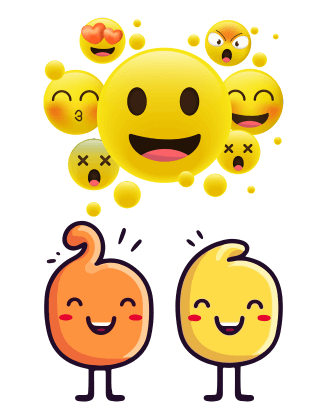
Back in 1999, Shigetaka Kurita from Japan came up with emojis, and they’vef since transformed into a universal language, thanks to Unicode. This ensures that no matter what phone, app, or country you’re in, emojis look the same. From 😆 to ❤️, these little icons express feelings that words sometimes can’t capture – connecting cultures one pixel at a time.
Fun Fact: Did you know there’s an official emoji approval committee? That’s right! Every year, the Unicode Consortium reviews and approves new emoji proposals. This is how we ended up with 🧋, 🫰, and 🦥 .
